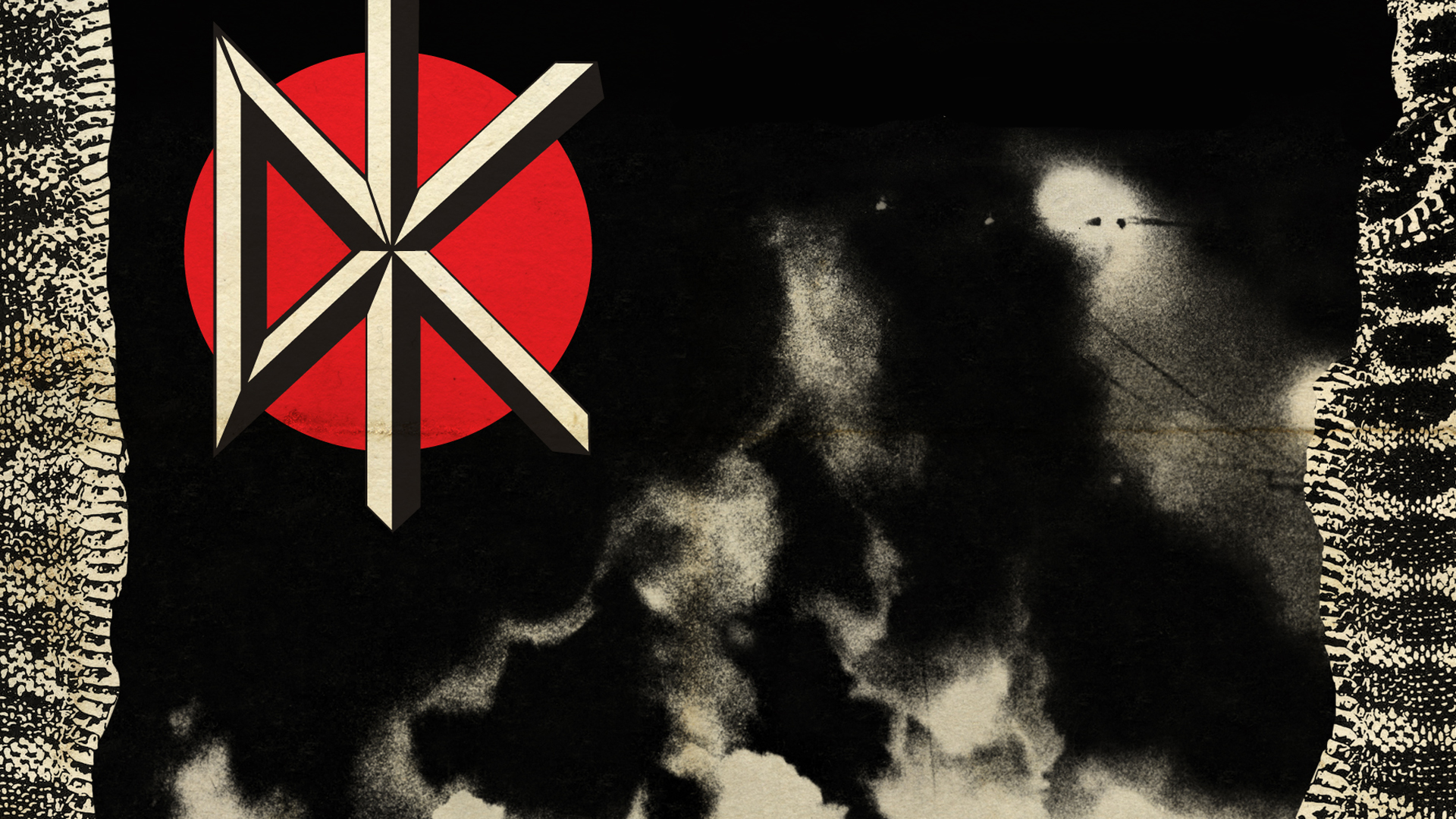By Andy Higgins
Razorcake
November 24th, 2014
In terms of content, the book’s primary focus is on “the early years” of the band, so be aware that it is only a partial story which is very much preoccupied with the impact and reactions surrounding the creation and release of Fresh Fruitin 1980.
The main narrative consists of a prequel and seven subsequent chapters, supplemented by a brief piece of guitarist East Bay Ray’s and vocalist Jello Biafra’s views on the legacy of Fresh Fruit, some quite revealing endnotes, a yakety-yak section of comments and quotations, and a short piece entitled “Grafic Anarchy” by Ogg’s co-conspirator and fellow academic Russ Bestley.
Although the book runs out at 216 pages, the worded content is surprisingly small with the bulk of the pages being given to illustrations of gig posters, record sleeves, liner notes, images of record labels, visual montages, and band photographs. The visual anarchy of the Winston Smith creations remains a big part of how Dead Kennedys communicated their unique brand of wit and wisdom; consequently, chapters only contain between seven and nine pages of text.
Aside from Marian Kester’s poorly received Dead Kennedys: The Unauthorised Version, this well-researched and relatively fresh-fruited subject matter christens it with a hallmark of originality. Indeed, with over one hundred book titles already dedicated to bands such as the Pistols, Clash, and Ramones this book is long overdue, which, in many ways, makes it a more welcomed and interesting read.
Throughout its pages, Ogg reminds us that Dead Kennedys notoriety was achieved with almost zero radio play, without the assistance of a major label, and largely from coverage in the underground / DIY press. It is also fair to claim that the band not only existed outside the mainstream but were arguably the first band of their stature to actually turn on and attack the music industry itself, which they did in their own inimitably acerbic way.
Being familiar with the band’s material, it was also great to learn more about the band members’ back histories and how they all came together in San Francisco as part of its burgeoning DIY scene. From Ray’s qualifications in mathematics and his politically active parents to Klaus’s work on pirate radio and seasoned musicianship, the book contains many curious factoids, creating an enjoyable read. For instance, I was intrigued to learn that the band name was not altogether their own invention—in fact far from it—and how another band from Cleveland had originally shied away from using the name Dead Kennedys, as it was an impediment to getting bookings.
From the closing pages and endnotes, the relief that this particularly tortuous book-writing journey is finally over is obvious, with the author warning ominously about some other “poor bastard” can pick up the story from where he leaves off. Considering the internal warfare and how certain band members’ frustrations continually seep through, overall it’s a well-balanced and informative account. In the sections where there’s sufficient text to get one’s teeth into the pages just seem to turn themselves, which speaks volumes about Ogg’s ability as a writer.
Back to Alex Ogg’s Author Page | Back to Winston Smith’s Illustrator Page | Back to Ruby Ray’s Artist Page






